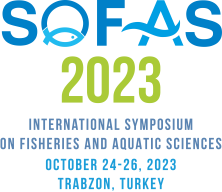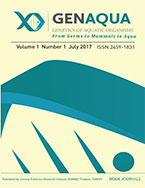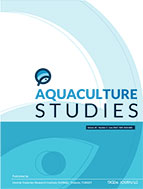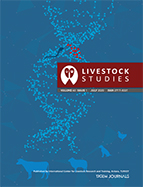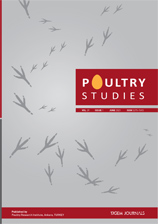Turkish Journal of Fisheries and Aquatic Sciences
2024, Vol 24, Num, 12 (Pages: TRJFAS27091)
Marine Mammals Sightings at High Latitudes in the Barents Sea, the Northeastern Arctic
2 Ukrainian Scientific Center of Ecology of the Sea, 65009, Odesa, Ukraine DOI : 10.4194/TRJFAS27091 Viewed : 280 - Downloaded : 214 The Barents Sea, an important area for marine mammals, has changed due to climatic factors and increasing human activities. Information on the distribution of marine mammals and monitoring of areas of their high occurrence are essential for understanding population dynamics and informing conservation efforts. Survey data for occurrence of marine mammals were collected in the Barents Sea in the vicinity of the Svalbard Archipelago over 17 days in July, 2022 during the second multidisciplinary Turkish scientific Arctic expedition onboard the PolarXplorer. In total, 42 sightings of 6 cetacean species, 11 sightings of 4 pinniped species, and 2 sightings of polar bears (Ursus maritimus) were recorded during 110 hours of dedicated observation effort. White-beaked dolphins were sighted more often than the other cetacean species (χ2=30, P<0.05). The walrus was the most sighted species of pinnipeds. The encounter rate was 2.2 groups/100 nm for toothed whales, and 0.48-1.09 groups/100 nm for baleen whales. The sighted marine mammals mostly stayed as single individuals or pairs, while walruses were observed in groups of up to 120 individuals. Photo-identification data were collected and 35 humpback whale individuals were identified in the Arctic feeding area between 69.593973°N and 81.463930°N latitude; 5.443173°E and 36.833474°E longitude. Four individuals matched the existing records in the Happywhale catalogue. Our study contributes to the knowledge of occurrence and migration patterns of marine mammals in the Arctic region under rapid climate-mediated change. Keywords : Humpback whale Cetaceans Pinnipeds Photo-identification Occurrence



